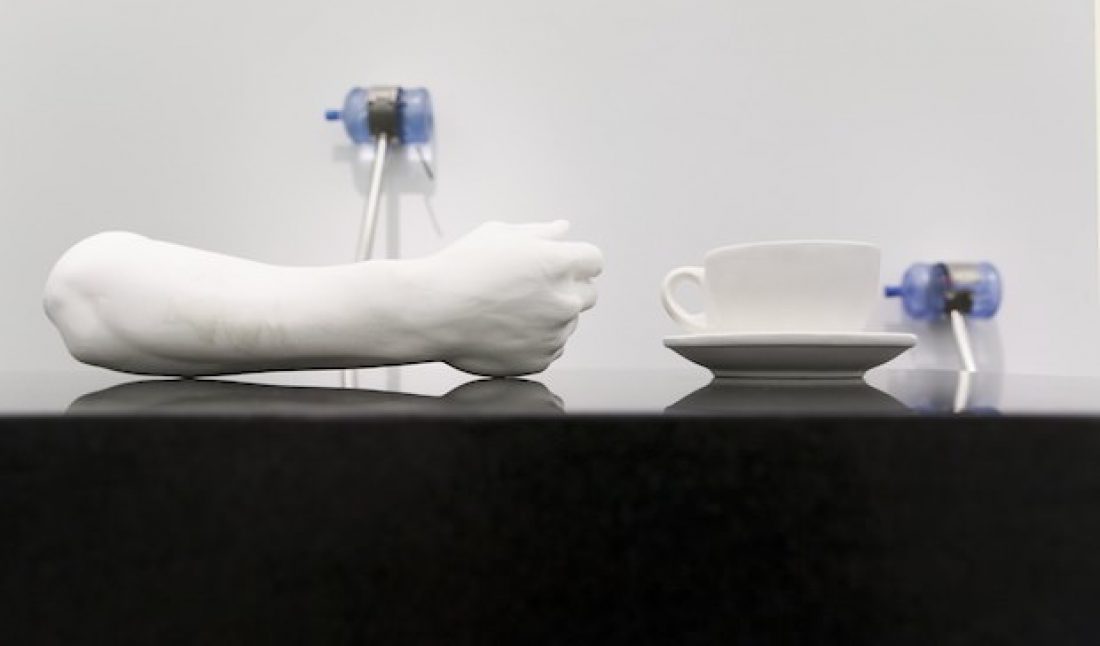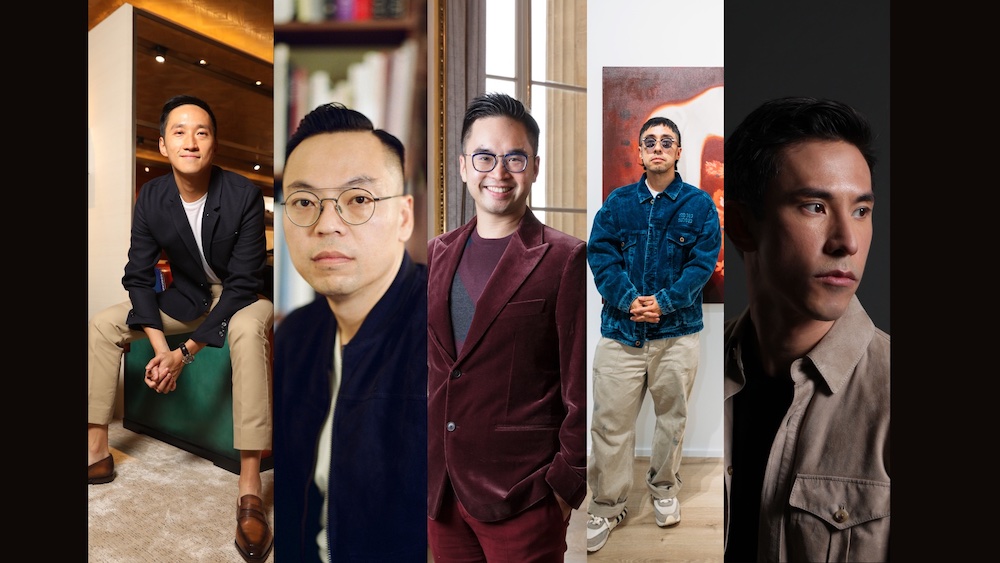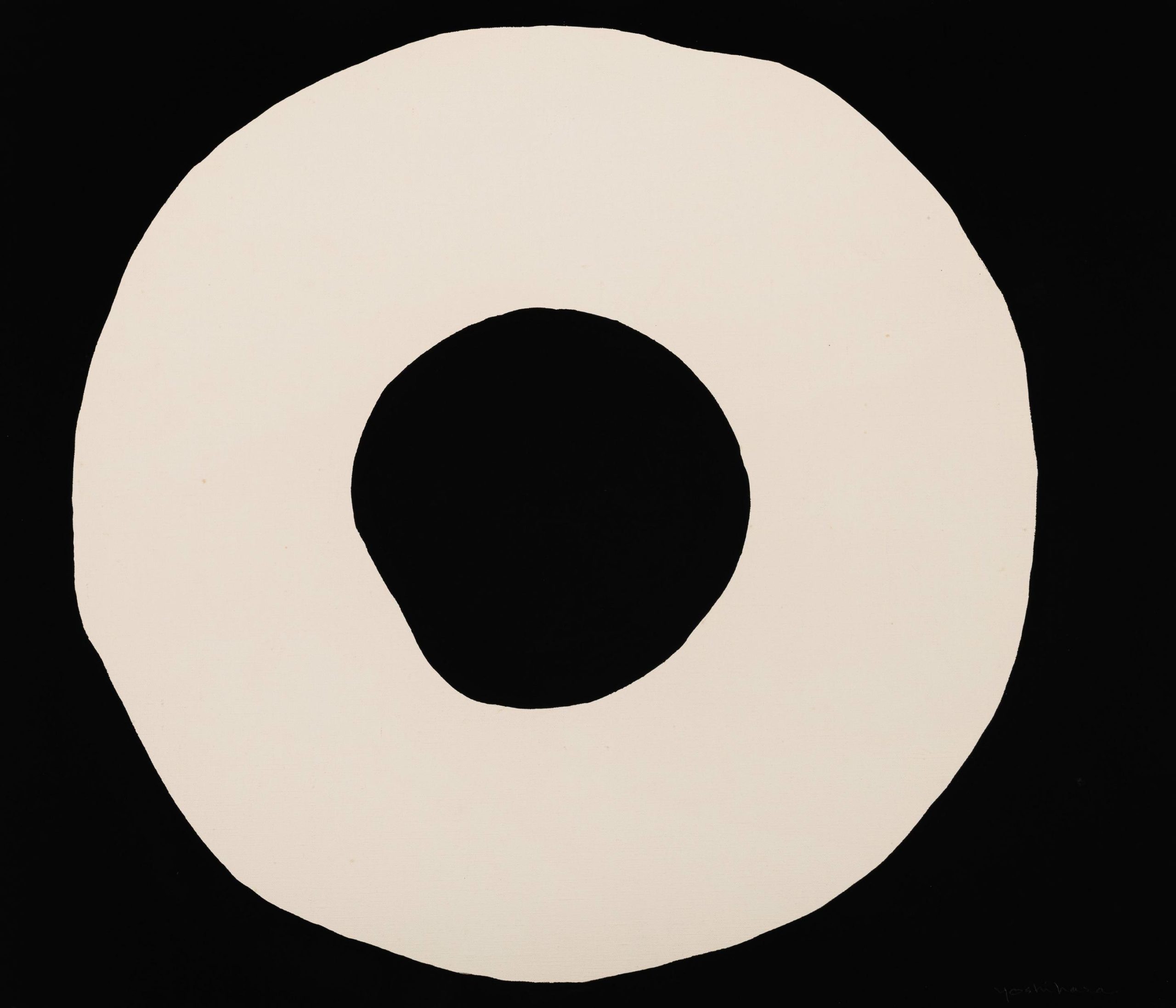Phil Tinari, Director of the Ullens Centre for Contemporary Art in Beijing (UCCA), is one of the few to have visited each edition of ArtHK (now Art Basel Hong Kong) since the inception, of the fair in 2008. During Art Basel Hong Kong, Whitewall caught up with Tinari to ask him to weigh in on Art Basel’s Asian outing, while considering artistic trends, both in terms of production and collecting, in Hong Kong and China as a whole.
WHITEWALL: How was the Art Basel Hong Kong experience for you?
 Installation view, 2013
Installation view, 2013
PHILTINARI: It’s an amazing thing to have seen. I remember having a conversation with Magnus Renfrew in January 2008, two months after UCCA had opened and four months after the first Shanghai fair. I remember thinking it would be crazy to have an art fair in Hong Kong; there was no local scene or infrastructure at that time. So to watch it snowball yearly, and to see the work that has gone into it, it has also been interesting to see trends that have helped the momentum along. Hong Kong has a natural advantage as a port and as an open city. It would be harder to think about something like this happening on the mainland, given it is so hard to move works inside and outside the country.
WW: How have you have seen Hong Kong’s infrastructure grow around the fair, and have you also seen a growth in the local art scene?
 Cut25 by Yigal Azrouël
Cut25 by Yigal Azrouël
PT: Absolutely. I curated a show here in 2009 for Louis Vuitton called ‘The Hong Kong Seven” with Tozer Pak, Adrian Wong, Lee Kit, and that generation of Hong Kong artists that we see today. I spent a year visiting and researching the scene and I think Hong Kong is a really interesting city for art. It is also a city of 7 million next to country of 1.3 billion.
WW: From your vantage point in Beijing, where you are based, do you see differences and similarities between Hong Kong and Beijing, artistically speaking?
 Installation view, 2013
Installation view, 2013
PT: I think artists here know how to work on a compact scale whereas in Beijing the temptation is always to make things big. This might be a seemingly superficial distinction, but I think the best artists in Hong Kong are making really well-considered objects that one can look at for a while, though are rarely given the opportunity to blow up in terms of scale.
WW: Do you see any meeting points in terms of how artists approach ideas?
 Untitled (Midnight Flight)
Untitled (Midnight Flight)PT: If you look at the way Lee Kit titles his work and the kind of language he uses – and I’ve had a conversation with him about this – it is always in this weird hybrid English that isn’t quite right. The sequence of tenses, the use of punctuation, for example, will always be a little bit off, somehow. For him, this is very intentional because there is this idea that Hong Kong inhabits a linguistic space, with a dialect that is the official language – Cantonese – and then English, which everyone knows but doesn’t love or feel, and increasingly Mandarin, as well.
In some ways, China does have the advantage: right now, no one in China is making art about identity, or at least about Chinese identity. Of course you have people making work about Gender identity and so on, but it is very different than ten years ago. Now, people in China are very comfortable in their national skin.
 Installation view, 2013
Installation view, 2013
WW: We wanted to ask about “On|Off,” a group show curated by Bao Dong and Sun Dongdong at UCCA, featuring artists from the late-70s to early-80s generation – those born during and after the economic reforms instigated by Deng Xiaopeng. How would you describe this generation?
PT: I was just in conversation with Wang Yuyang yesterday, who was one of the artists in “On|Off” and it was interesting to hear it in his words. Previously, the defining dynamic in the Chinese art scene was that a new piece of information entered through a new film, book, or exhibition, and everyone would surround it, react, and process it. This produced a kind of dialectical temporality that has been totally levelled by the Internet, which is sort of the dumbest thing to say but is also such a basic reality that you also cannot talk about it enough because it changed everything. So now, you are getting a generation, like everywhere else, for whom this has been a basic reality since high school. This has lead to a different kind of art making, not to mention a different relationship to the rest of the world.
 Jil Sander Navy fall/winter 2016
Jil Sander Navy fall/winter 2016
WW: And how does this present itself aesthetically in terms of the art making you presented in “On|Off?”
PT: You definitely see a lot of interest in process becoming form – or defining or demarcating form. Wang Yuyang did this amazing piece made of 901 sheets of paper that contain 17 million tiny images of the trees that became the paper, becoming the paper. Or from a more performative side, you had someone like Li Liao, who was kind of the headline piece of the show, who took a job at a Foxconn factory and worked there for the duration that he would earn enough to buy an iPhone.
WW: How do you feel China’s young patrons and collectors of the arts fit into the generation showcased in “On|Off?”
PT: You have a group of collectors who are very well informed and who are approaching art the way younger people are approaching it elsewhere. That is to say, very much based on personal preference, interested in being part of the scene and knowing the artists and their work. And compared to the older generation, not as fully concerned with investment values.











